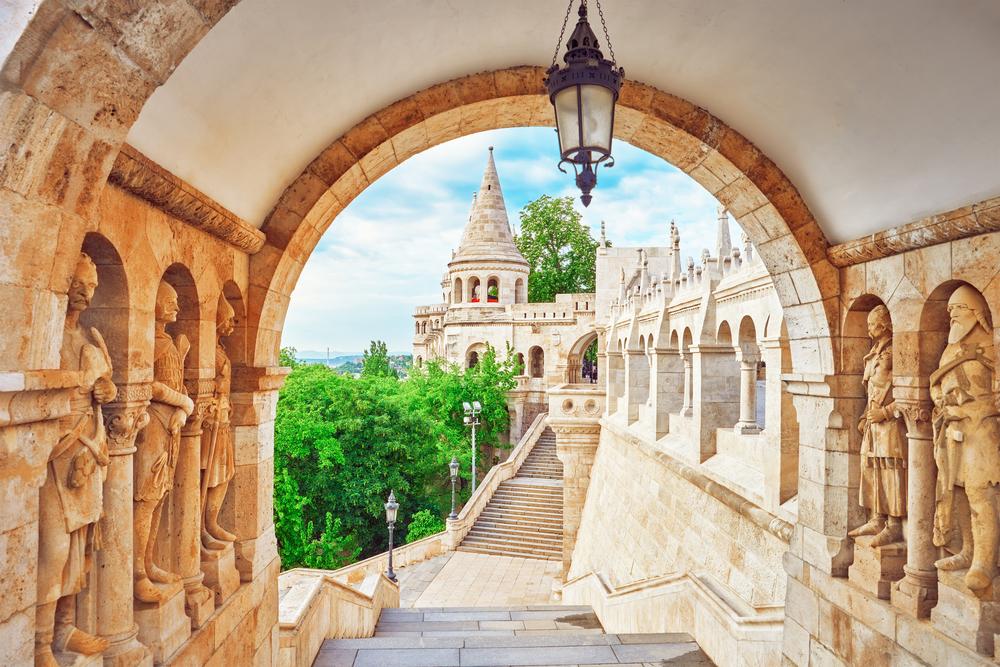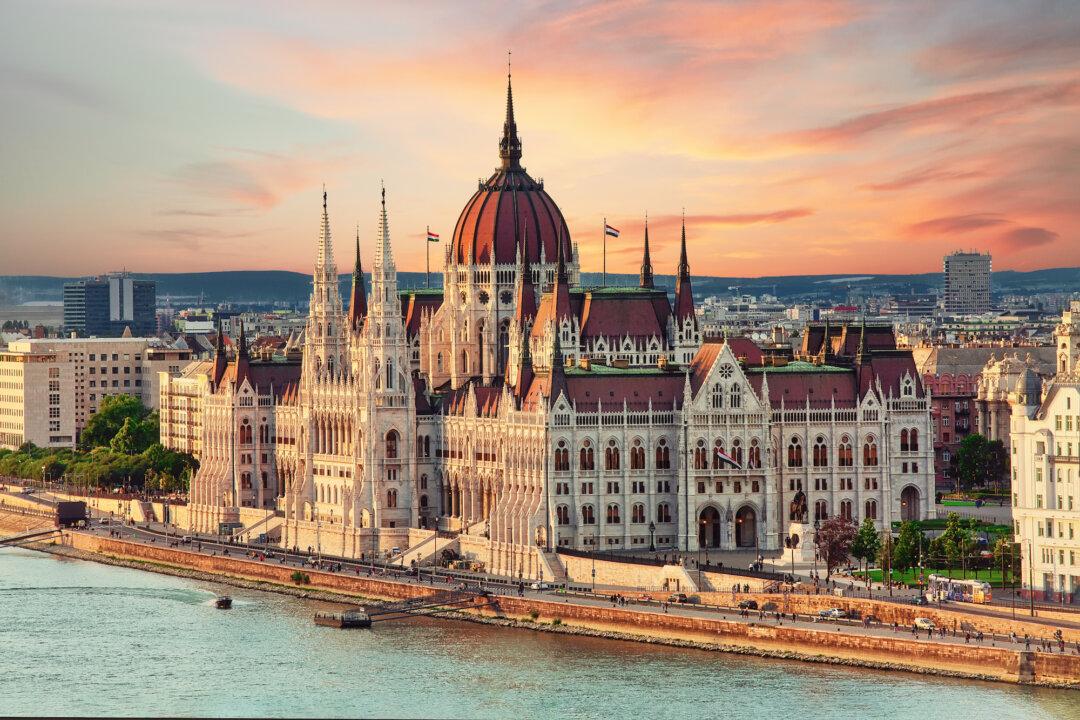Budapest is full of surprises. With grand buildings rising on both sides of the Danube River and connected by a series of soaring bridges, it is undeniably one of Europe’s most dramatic capitals. The riverbanks are preserved as a UNESCO World Heritage Site, and it is a place where you could spend days just marveling at the Danube, walking up to the heights of Fisherman’s Bastion on the Buda side, and just taking in the sweep of things.

Fisherman Bastion. V_E/Shutterstock




